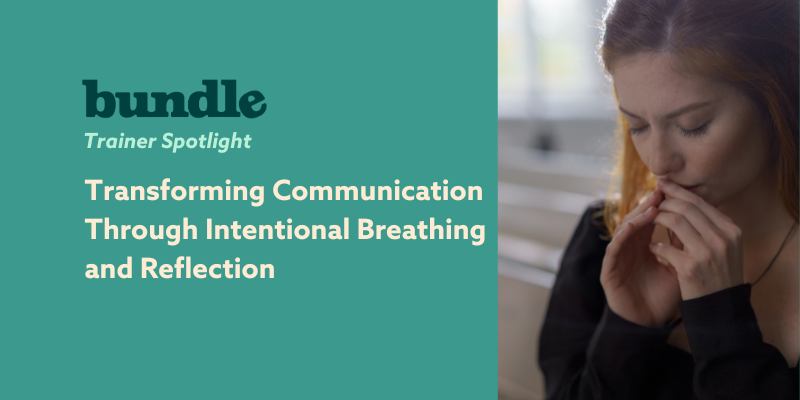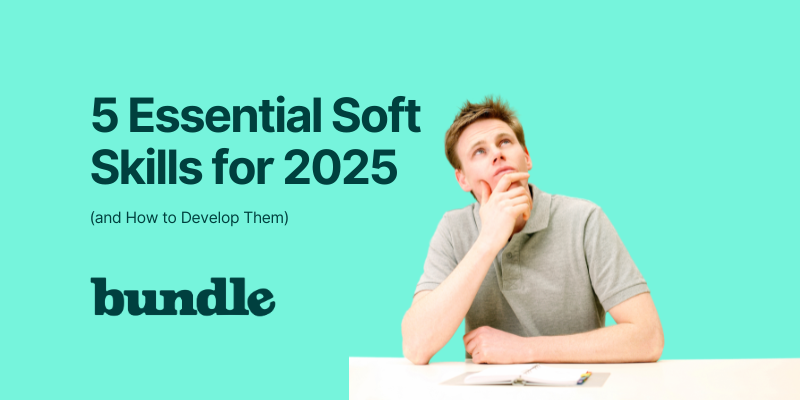In this blog post, we’ll explore the generational gaps that can impede workforce cohesion and productivity, outline solutions to bridge divides, avoid common pitfalls, and create an inclusive culture of collaboration. With understanding and intentional effort, companies can optimize generational diversity as a strategic advantage.
The Generational Divide - Real Challenges for Companies
With such a wide range of ages and life experiences, generational differences manifest daily in the workplace. Traditionalists (born before 1946) value consistency, formal hierarchies, and respect for authority. Baby Boomers (born 1946-1964) are optimistic, competitive, and focused on individual accomplishments. Generation X (born 1965-1980) tends to be self-reliant, skeptical of authority, and primed for work-life balance. Millennials (born 1981-1996) embrace technology, collaboration, and meaning in their work. Finally, Generation Z (born 1997-2012) is socially progressive, values diversity, and prefers digital interaction.
These generational personas naturally collide and create challenges:
-
Communication styles differ greatly, from formal memos (Traditionalists) to social media messaging (Gen Z). This can inhibit collaboration and relationship building.
-
Attitudes about work ethic are divergent – is face time essential (Boomers) or results more important (Gen X)? Generational conflicts can brew.
-
Younger employees desire rapid advancement and development. Long-time employees may resent the impatience and entitlement.
-
Generations have conflicting views on use of technology, social media, and device policies at work.
-
Different generations have varied ideas about leadership, hierarchy, collaboration, and work-life balance. Misunderstandings are common.
These are just some of the generational landmines facing companies. If conflicts spiral, companies risk lower engagement, loss of talent, and even legal issues. It’s crucial to defuse generational tensions and optimize a multigenerational workforce.
Bridging the Divide - Solutions for Generational Harmony
Creating a thriving and unified multi-generational workforce begins with embracing diversity wholeheartedly. By fostering an inclusive culture that values every individual, you set the stage for genuine connections to bloom. Emphasizing empathy and active listening will help bridge communication gaps, creating a cohesive environment where every voice is heard and respected. Implementing training and development programs tailored to different generations' needs ensures continuous growth, both personally and professionally.
While generational stereotypes contain some truth, we must avoid pigeon-holing employees. The first step is recognizing each employee as an individual. However, generationally-conscious strategies can still create an inclusive, productive workplace.
1. Communicate Across Generations
-
Leverage multiple channels from formal memos to social media platforms to reach all generations.
-
Institute casual mentorships for knowledge sharing between generations.
-
Discuss generational pet peeves openly but respectfully in team meetings.
2. Align Leadership Styles & Development
-
Train first-time managers on providing structure and accountability not just mentorship.
-
Coach veteran leaders on flexing to new styles and giving frequent recognition.
-
Develop training on common generational blind spots and strategies to overcome them.
3. Update Policies for Work-Life Integration
-
Offer flexibility in when, where, and how work gets done. Provide mobile technology.
-
Openly discuss work-life policies. Balance flexibility with accountability.
-
Support all life stages with paid leave for caregiving, education, sabbaticals etc.
4. Create Cross-Generational Teams
-
Build teams with mix of generations for mutual learning. Rotate leadership roles.
-
Train managers to leverage diverse styles for innovation.
-
Coach teams to share perspectives respectfully. Turn tension into strength.
5. Align Rewards to Diverse Motivations
-
Recognize different generations have unique reward motivations – flexibility, purpose, development, recognition.
-
Customize rewards and tailor motivation approaches.
-
Frequently survey engagement needs of all generations.
Avoiding Pitfalls - How to Sidestep Generational Landmines
As a growing Chief of Human Resource Officers, it's essential to be aware of common pitfalls when navigating generational gaps. Stereotyping based on age is an all-too-common pitfall that can lead to misunderstandings and resentment among employees. To avoid this, focus on celebrating the unique strengths and contributions each generation brings. Another challenge lies in resistance to change, as some employees might be hesitant to adapt to new technologies or work methods. Overcome this by promoting a growth mindset and facilitating ongoing learning opportunities for all. Miscommunications can arise due to different communication styles, with potential conflicts brewing between generations. By promoting open dialogue and providing training on effective communication, you can foster an environment of understanding and collaboration.
While generational differences call for empathy and creativity, ground rules are still needed for a cohesive culture:
-
Avoid playing favorites with any one generation. Balance flexibility with accountability.
-
Check assumptions and bias through better understanding. Get to know employees as individuals.
-
Facilitate two-way mentoring. Each generation has wisdom to share.
-
Value experience while welcoming new ideas. Ageism hurts engagement.
-
Kindness requires accountability. Employ the motto “we flex to you, but you deliver for us.”
-
Certain behaviors like discrimination are always unacceptable, regardless of generation.
With compassion yet clarity, companies can set standards while also creating space for multigenerational understanding.
The future of work will only grow more generationally diverse. As HR leaders, you are charged with bringing out the best in these cross-generational teams. When you unite the strengths of Traditionalists, Boomers, Gen X, Millennials and Gen Z, there is no limit to the innovation that can flourish. Lean into this change with courage and humanity. Foster a culture of inclusion where fresh thinking complements wise experience.
The generations are more alike than different in their hopes for fulfilling work. By role modeling understanding and flexibility, you will assimilate all generations into a cohesive workforce. One powered by diversity of thought and unified in purpose. Bring your spirit of optimism, compassion, and progressive leadership. The multigenerational workforce of the future awaits you. Onward!

.png)


